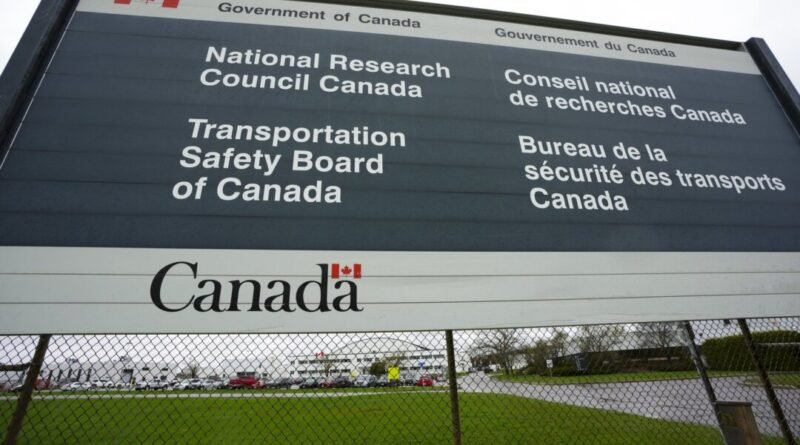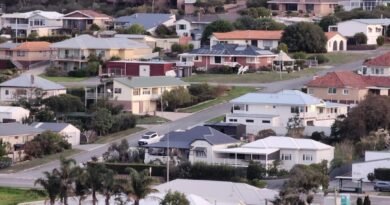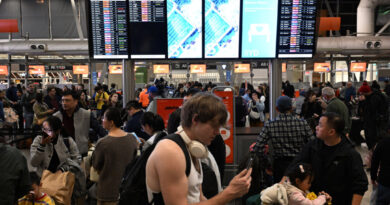Vancouver Port Welcoming Recommendations from TSB Following Seaplane-Boat Collision
The Vancouver Fraser Port Authority indicates that there is a possibility of changes to the regulations surrounding seaplanes operating in the downtown harbour of the city following an incident where an aircraft collided with a pleasure boat during takeoff over the weekend.
Sean Baxter, the acting director of marine operations at the authority, mentions that they have been advising boats to stay clear of the aircraft operation zone in Coal Harbour for many years. However, the decision to enter the zone ultimately lies with the boat operators.
These statements come in light of an air traffic control recording where the pilot of the Harbour Air float plane was warned about a westbound boat entering the flight path just before takeoff.
Despite the absence of the audio from the Air Traffic Control website archive, several media outlets have obtained the recording showing the controller instructing the pilot to “takeoff northwest at your discretion,” which the pilot acknowledges.
The incident occurred on June 8 in Coal Harbour, with online videos capturing the seaplane skipping over the vessel, causing damage to the boat’s windshield and awning before plunging into the water nose first.
According to Mr. Baxter, the aircraft operation zone in Coal Harbour has specific rules in place, such as a 5-knot speed limit for boats. However, there are limited physical signs marking the zone boundaries, aside from two lights and a buoy in the area.
The Transportation Safety Board plans to recover and examine the wreckage of the sunken plane in the coming days and has already started interviewing witnesses.
Randy Hanna, the president of Pacific Seaplanes, with extensive experience in flying seaplanes, expresses shock over the incident due to the excellent safety track record in Vancouver harbour, despite its complex marine traffic environment.
He highlights the differences between Victoria’s waterfront with clearly outlined runway zones and Vancouver’s more loosely defined landing and takeoff paths in Coal Harbour, allowing vessels to enter and exit as needed.
Mr. Hanna emphasizes the importance of communication and awareness for safe operations in Coal Harbour, mentioning instances where he had to wait due to high-speed vessels crossing the area before taking off.
He explains that landing and takeoffs at Coal Harbour are at the pilot’s discretion and underlines the necessity of maintaining a safe operational environment through effective communication.
Mr. Baxter notes that the aircraft operation zone is clearly marked on navigational maps for the harbour, and the port authority is using the collision as an opportunity to remind boaters of safe practices on local waters.
Boaters are advised to be alert for nearby aircraft and be ready to move out of the way promptly, with prior planning before trips also recommended.
Mr. Baxter mentions that any further changes to regulations at the Coal Harbour aircraft zone will depend on the recommendations from the Transportation Safety Board’s investigation.
He expresses readiness to consider and implement any safety enhancements suggested by the TSB to improve safety in areas like Coal Harbour.





